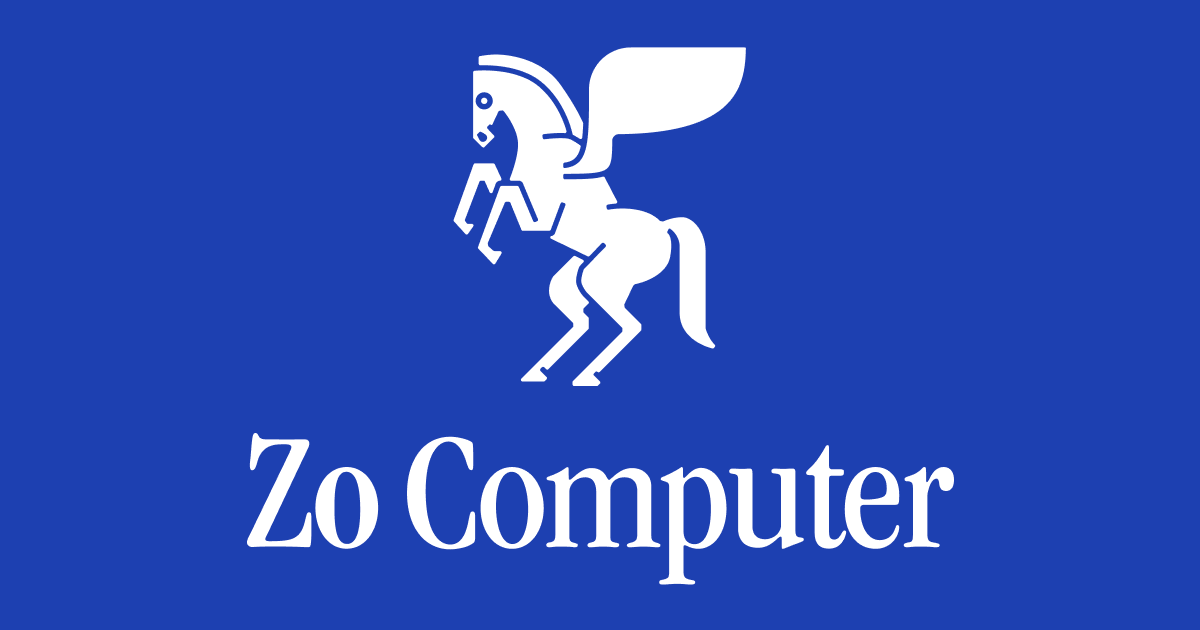Long before punch cards and cloud storage, humans were already hacking information systems. Tribal songs transformed landscapes into memory palaces. Cave painters used mineral colors to inscribe knowledge on stone walls – inventing a storage system that lasted for thousands of years. We have always been a creator of tools to expand your mind…
Fast forward ~20,000 years, and we have International Business Machines Corporation, selling the first mass-produced computer in 1953. The first unit was sold to John Hancock Insurance Company. At the time, computers were only accessible to large corporations, because they were very large, extremely expensive ($1.5 million in today’s dollars!), and extremely difficult to program.
For a while, interacting with computers generally looked like this: You punched holes in cards or paper tape, painstakingly drew up a “program” (a stack of cards or a long strip of tape) and prayed you didn’t make any mistakes. It was painful, but it was the beginning of something remarkable. A system for transferring instructions from humans to primitive machine “minds”.
In the 1960s and 1970s, punch cards gave way to programming languages like FORTRAN and COBOL (still mysterious, but far more accessible than a grid of 1’s and 0’s), and the teleprinter (essentially a typewriter attached to a computer) that let you send commands from your desk and receive responses printed on paper. Applications in the workplace were numerous and IBM’s System/360/370 era made the company a giant.
And then personal computers came into the market like a storm. Born out of a garage and from the minds of a few misfits who saw the future, Apple Computer bundled everything a regular person needed with a computer to be productive: a smooth machine, and an accessible programming language (BASIC) – just plug in a TV and go. IBM ignored it as a toy – until it wasn’t. The personal computer became a real threat to the old order of corporate machines.
The rest is history we all know: graphical user interfaces, the Internet, smartphones, the cloud, software as a service, real-time collaboration, and now, AI assistants. It all seems like a steady march of progress…
But what if we also went backward?
We lost the plot.
The personal computer began as a rebellion against corporate mainframes. Your computer, your files, your applications—clearly yours, sitting right there on your desk.
Today, most computer users’ experience is simply using the Internet. And for most people, that means using a handful of cloud services run by big corporations, which store your data in opaque, inaccessible formats on their servers.
The idealism of the 90s web is gone… The public and semi-public spaces we created to develop identities, develop communities, and acquire knowledge have been taken over by forces seeking to achieve various forms of power. – Yancy Strickler (2019)
We are very much back.
At one time, the personal computer was an infinitely flexible tool for exploring ideas. Steve Jobs called computers “bicycles for our brains.” To programmers and tinkerers alike, the PC and the early Web felt like a new horizon—where the only limit was your imagination.
Access to computers – and anything that can teach you something about the way the world works – should be unlimited and complete. -Steven Levy (1984)
The present is a strange, exciting moment in the history of computing. In recent years, LLM has shown us that soon, anyone will be able to instruct a computer to do practically anything in plain English. And we’re all making compromises with the cloud. We live in an age where our computers are more abstract and less tangible. Portable in the physical realm, but closed in the digital realm.
We believe this is all a sign that it is time to replace the computer again.
Our vision for the future
Our vision for the future of personal computing is an intelligent personal server.
- The new soul of your computer is your files on your server. You should be able to access this new computer-soul from anywhere, upgrade your hardware on-demand, time travel to a previous version of your data at any time, and connect to your other machines.
- Your files, devices, and creations should be less fragmented, and more tangibly yours. On Zoe, all files are stored using open file formats. Whenever possible, the Services are hosted on your own servers. This includes the Zoe Application as well as all software created or installed by you or Zoe. Your entire Zoe computer can be packed up, saved and restored to any machine.
- You should have more control over your AI. On Zoe, you can use any AI model from any provider. All AI memories, search indexes, and settings are stored on your servers using open-weight embedding models and open-source software. Our long-term vision is to enable anyone to run, train, and build their own AI models and tools on their own servers.
ζ ⢕⣿⢀⣏⣿⢳⡕⣆⢺⣋⢟
